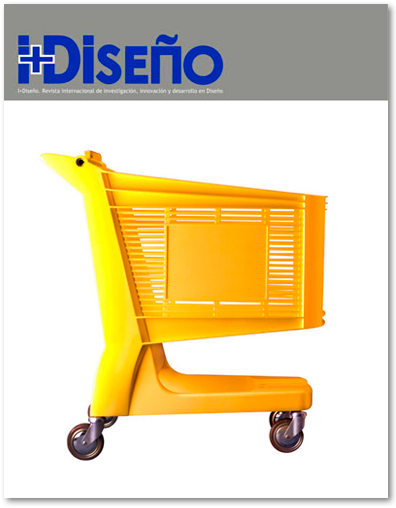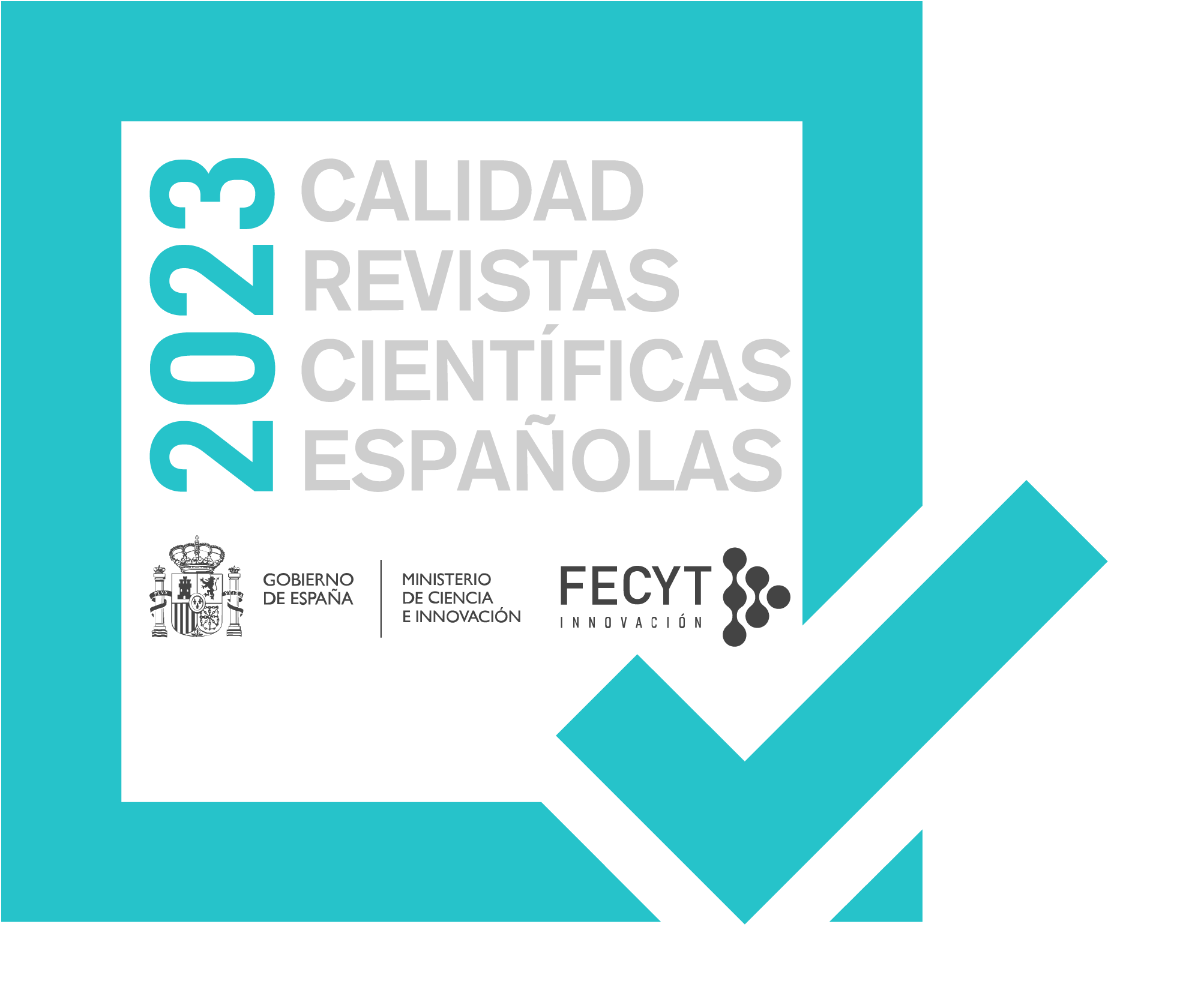The typography and the monsters
DOI:
https://doi.org/10.24310/Idiseno.2015.v10i.12312Keywords:
typography, grotesque, graphic design, fantastic, mnemonicAbstract
The typography and the image have been together since the beginning. From the initials engraved on stone as mason´s marks or those recorded in cattle to mark ownership. Responding to visual games that build a different image from the proper meaning of the letters.
During the Middle Age a tendency to anthropomorphize the letters starts, either in ascending or descending. The fantastic imaginary originates in the representation of legends and biblical passages, going through all beings and monsters invented. Adding also that these beings are not mere amusement of the illustrator, but a doctrine goes attached and also responds to a mnemonic exercise. This information is significant as it begins a relationship between the image and the way the message sticks to the mind.
Downloads
Metrics
Publication Facts
Reviewer profiles N/A
Author statements
Indexed in
-
—
- Academic society
- N/A
- Publisher
- Universidad de Málaga
References
AA.VV. Goya, Daumier, Grosz. Il trionfo dell'idiozia. Pregiudizi, follie e banalià dell' esistenza europea,Mazzotta, Milano 1992.
AA.VV. "Liber figurarum", Encyclopædia Britannica, 2010.
AA.VV. Risus Mediaevalis. Laugther in medieval literatura and art, Leuven University Press, Leuven 2003
APPELBAUM, S. "266 illustrations from un autre mode and Les animaux", Bizarreries & fantasies of Grandville, Dover, New York 1987 (1.ª ed., 1974 reimp.).
BALMES, A. Grammatica hebrea, Bomberg, Venecia 1523.
CAMILLE, M. Image on the Edge, The Margins of Medieval Art, Mass, Cambridge 1992.
CARRUTHERS, M./ZIOLKOWSKI, J.M. The Medieval Craft of Memory. An Anthology of Texts and Pictures,
University of Pennsylvania Press, Philadephia, Pennsylvania 2002.
CASSAGNES-BROUQUET, S. La passion du livre au Moyen Age, Ouest-France, Rennes 2010.
CHAMIZO, P. La doctrina de la verdad en Michel de Montaigne, Universidad de Málaga, Málaga 1984.
DE HIPONA, San A. Ciudad de Dios, libros I-VIII, Gredos, Madrid 2007.
DE MONTAIGNE, M. Los ensayos (según la edición de 1595 de Marie de Gournay), [Prólogo: Antoine
Compagnon. Edición y traducción: J. Bayod Brau] Quinta edición, El Acantilado, Barcelona 2007 (5.ª ed.).
DE JONG, C. W, et alt. A Visual History of Typefaces and Graphic Styles, vol I, Taschen, Köln 2009.
EL VIEJO, P. Naturalis Historiæ [Historia Natural] entre los años 23 y 79 (XXXV, 114).
ESCOLAR, H. (coord.), Historia ilustrada del libro español. Los manuscritos, Fundación Germán Sánchez Ruipérez, Salamanca 1993.
HERNÁNDEZ MUÑOZ, S. M. "El humor y su concepto. Humor, humorismo y comicidad", Monográfica.org, Barcelona 2011.
KERENYI, C., The Heroes of the Greeks, Thames and Hudson, New York/London 1959.
KLOSSOWSKI DE ROLA, S. El Juego Aureo. 533 Grabados alquímicos del siglo XVII, Siruela, Madrid 1988.
PARÉ, A., Monstruos y prodigios, Siruela, Madrid 1987.
POSADA KUBISSA, T. "Jacques Callot en la pintura de Goya", Boletín de la Real Academia de Bellas Artes de San Fernando, núm. 80, Real Academia de Bellas Artes de San Fernando, Madrid 1995.
OST, I. et. alt. Le grotesque. Théorie , généalogie, figures, Publications des Facultés Universitaires Saint- Louis, Bruxelles.
PUBLICIUS, J. Artes orandi, epistolandi, memorandi, Venecia 1482.
SADAUNE, S. Le fantastique aun Moyen Âge, Ouest-France, Rennes 2009.
TORY, G. Champ Fleury, Paris 1529.
WIRTH, J. Les Marges à drôleries dans les manuscrits gothiques (1250-1350), Ecole Nationale des Chartes, Génova s/f.
Downloads
Published
How to Cite
Issue
Section
License
Aquellos autores/as que tengan publicaciones con esta revista, aceptan los términos siguientes:- Los autores/as conservarán sus derechos de autor y garantizarán a la revista el derecho de primera publicación de su obra, el cuál estará simultáneamente sujeto a la Licencia de reconocimiento de Creative Commons que permite a terceros compartir la obra siempre que se indique su autor y su primera publicación esta revista.
- Los autores/as podrán adoptar otros acuerdos de licencia no exclusiva de distribución de la versión de la obra publicada (p. ej.: depositarla en un archivo telemático institucional o publicarla en un volumen monográfico) siempre que se indique la publicación inicial en esta revista.
- Se permite y recomienda a los autores/as difundir su obra a través de Internet (p. ej.: en archivos telemáticos institucionales o en su página web) antes y durante el proceso de envío, lo cual puede producir intercambios interesantes y aumentar las citas de la obra publicada. (Véase El efecto del acceso abierto).








14.png)



